The anatomy of a Ted Ligety turn

Votes:
What do you do when the man with one of the most iconic turns in ski racing partners with you? If you work for Carv, you assemble your best team of engineers, get sensors in his boots and try and deconstruct what makes his turn so special.

We partnered with Ted Ligety aka Mr Giant Slalom, five-time world champion and two-time Olympic champion this year to push our Carv coaching to the next level.
But before we could do that, we spent time dissecting what Ted tries to achieve in his turn, what made him so fast, and what makes his style of turn so damn fun. These were the ingredients we needed to build our new training program with him. But they also allowed us to look at the components of his turn empirically, for the first time.
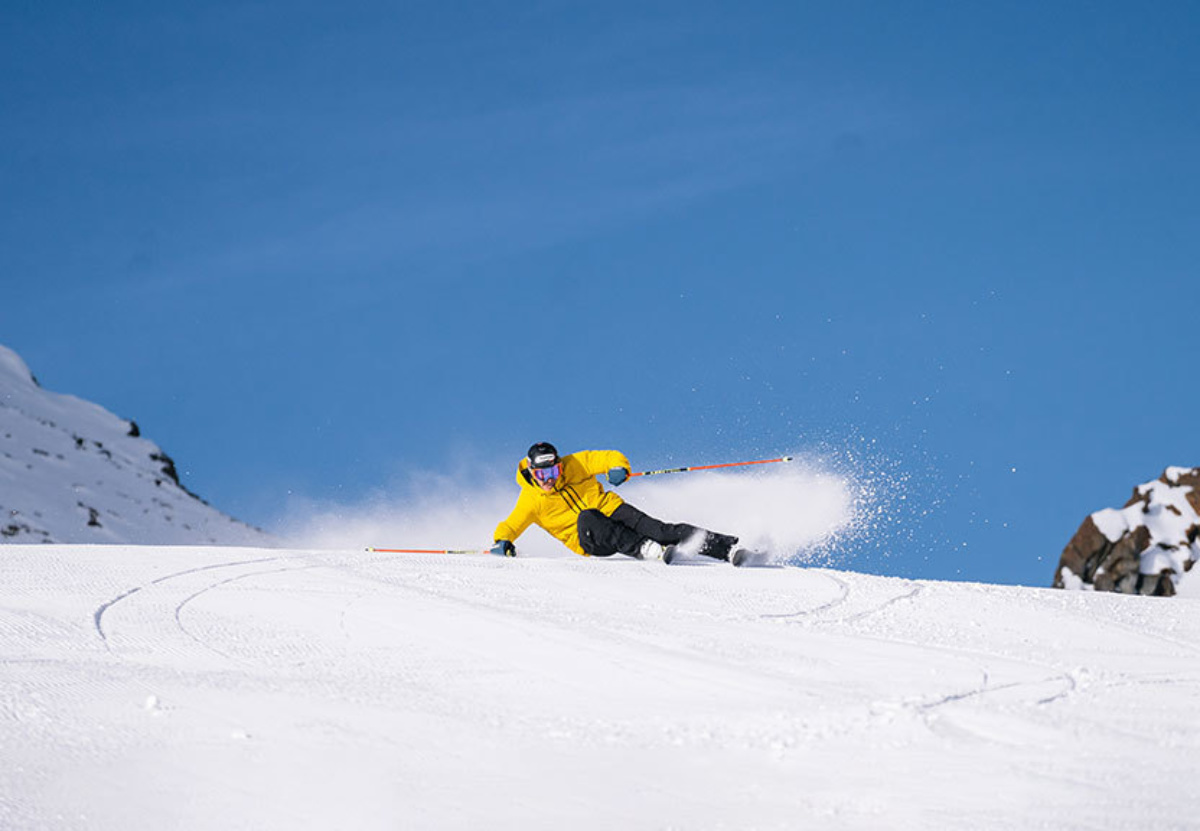
At Carv, we have this incredible tool - a motion and pressure sensor that measures 36 sensors in each foot, 20 times a second. So we were itching to get Carv into Ted’s boots and see what was going on. Why? Because if we could deconstruct Ted’s turn, we can take the components and use them to help us mere mortals ski a whole lot better.
So what makes Ted Ligety’s turn so special?
New York Times
“Through each turn, Ligety is so low that he is nearly sitting on the snow, and the edges of his skis form a nearly 90-degree angle with the snow.”
The hallmark’s of Ted’s turns are very early, fast and high edge angles, and a smooth build up and rapid release of outside ski pressure.
All of this enables Ted to push the limits of the ski and develop extremely high edge angles.
Ted Ligety
"My hips are on the ground, you can pull a tighter radius, a tighter arc. You can go cleaner throughout the turn. That's how you can make a faster time."

So can we see all that with Carv?
Our data science and product team have just been skiing in Sölden, Austria with Ted. We used a live feed straight from Carv's server to measure his turns across multiple run types, turn types and conditions in real time. We made it our mission to give you a glimpse of what makes his turn so incredible...
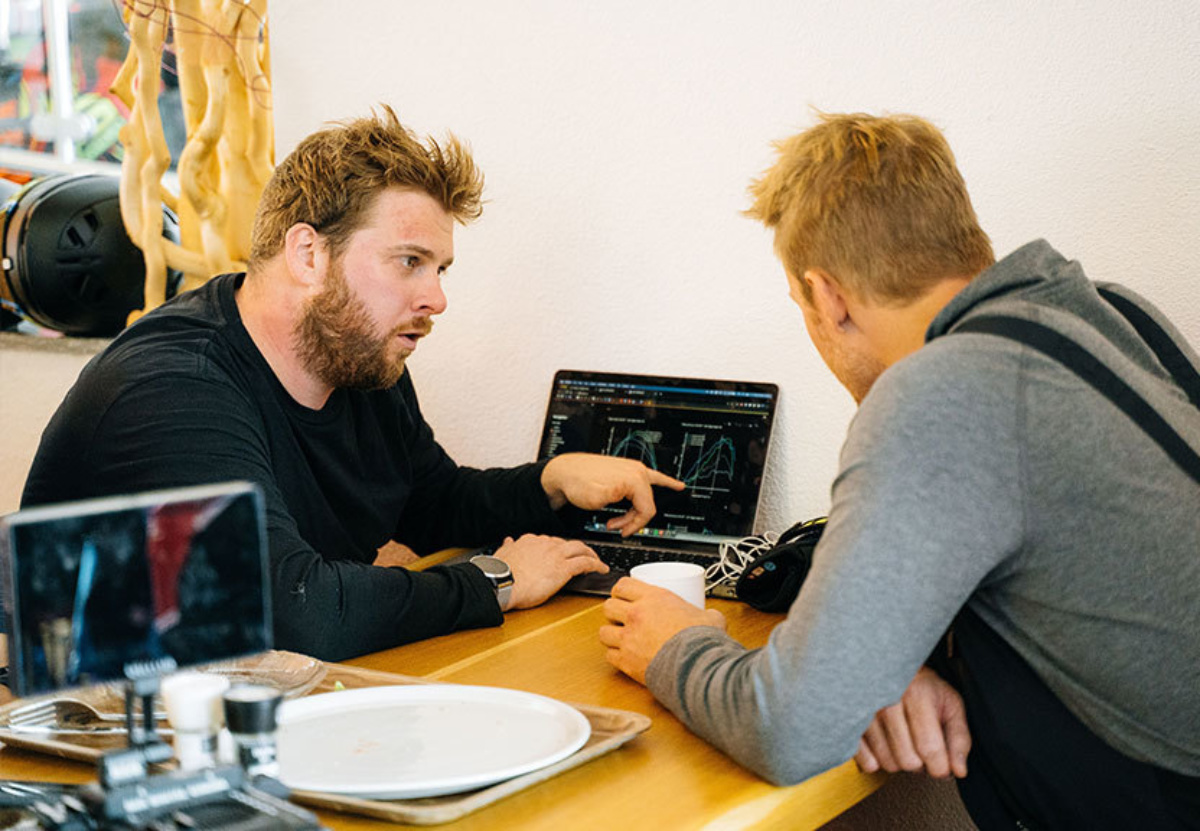
To really show Ted’s unique turns we’ll be showing you the raw data output from the Carv sensors - a peek under the hood of how we work here at Carv.
Each Carv insert outputs into our data science platform after every run. We can then look at the precise edge angle, balance and pressure, averaged over each turn in the run.
We use this system every day to understand the mechanics of a ski turn at each level so we can design better coaching for our members and improve how our algorithm grades your skiing. But here we can use it to break down Ted's turn in unprecedented detail.
We set Ted off to rip down a run. But not just any run. Too gentle and he can’t build speed to get the right angles, too bumpy and we get messy data that can hide the smoothness of his edge and pressure. Plus, it’s early season so the snow degrades fast during the day.
After a couple of days of manoeuvring around hundreds of race teams on Sölden glacier, we finally had the clean, crisp early morning run we needed to get a perfect data feed.
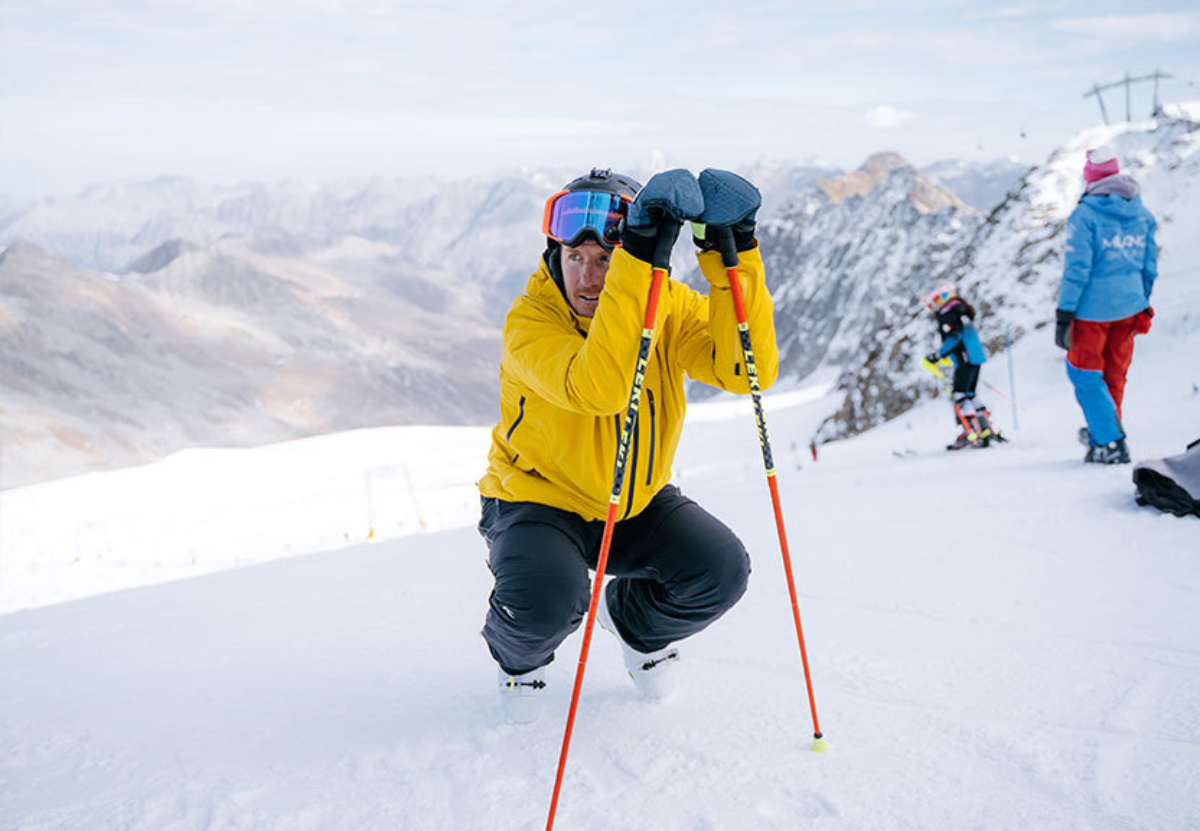
Ted absolutely ripped, and after just a few runs was clocking Ski:IQs in the high 150s and even 160s. Many of our best instructors spend all season trying to score that high, and most fail. Ted Ligety can do it in just a few runs.
So let’s look at his turn.
Here's a 10 second primer on what's coming up:
- In the following graphs you’re going to see his left vs right turns, with his edge angle on the Y axis and the duration through the turn window on the X axis
- We have coloured his inside and outside ski differently so you can see what’s going on. Let's focus on the outside ski for now.
- For simplicity we have just selected the right hand turns (we often see a slightly different shape per turn, although Ted's are almost perfectly symmetrical).
These graphs are an average of all of his turns in a run - so you can see the ‘fingerprint’ of his technique here.
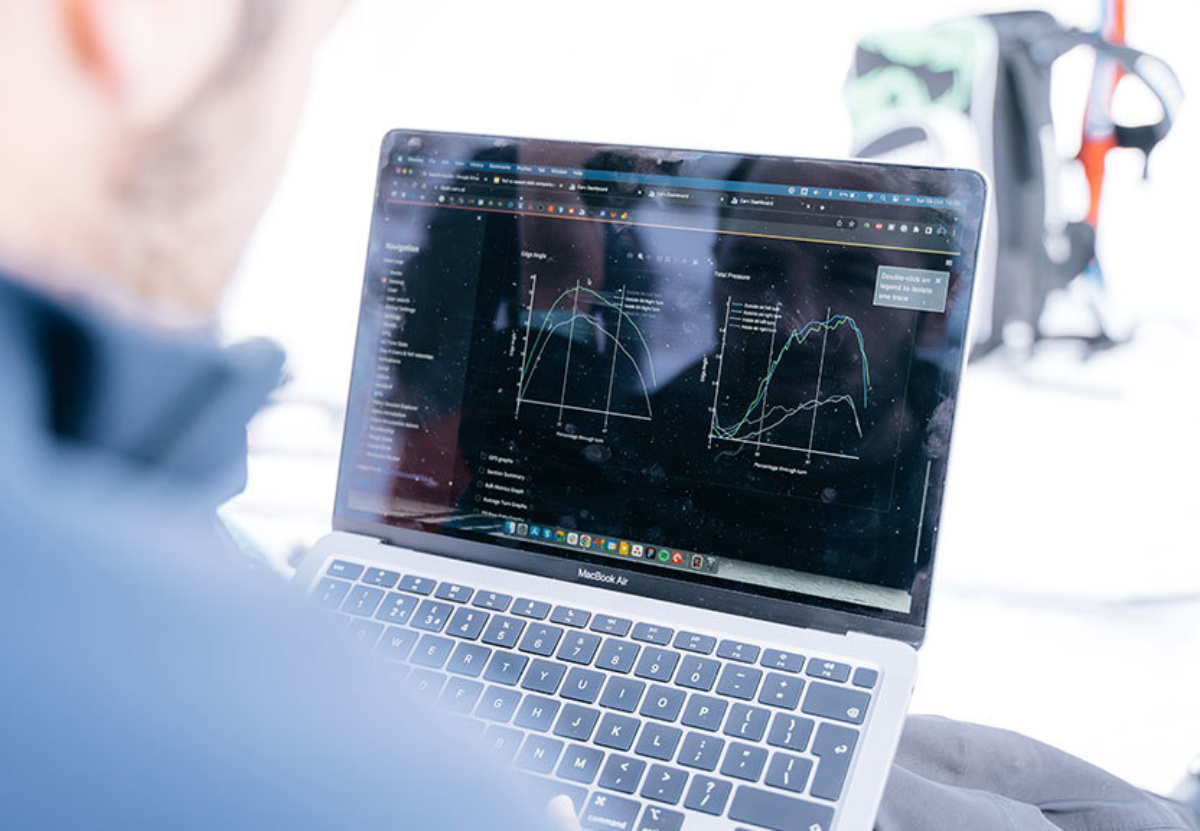
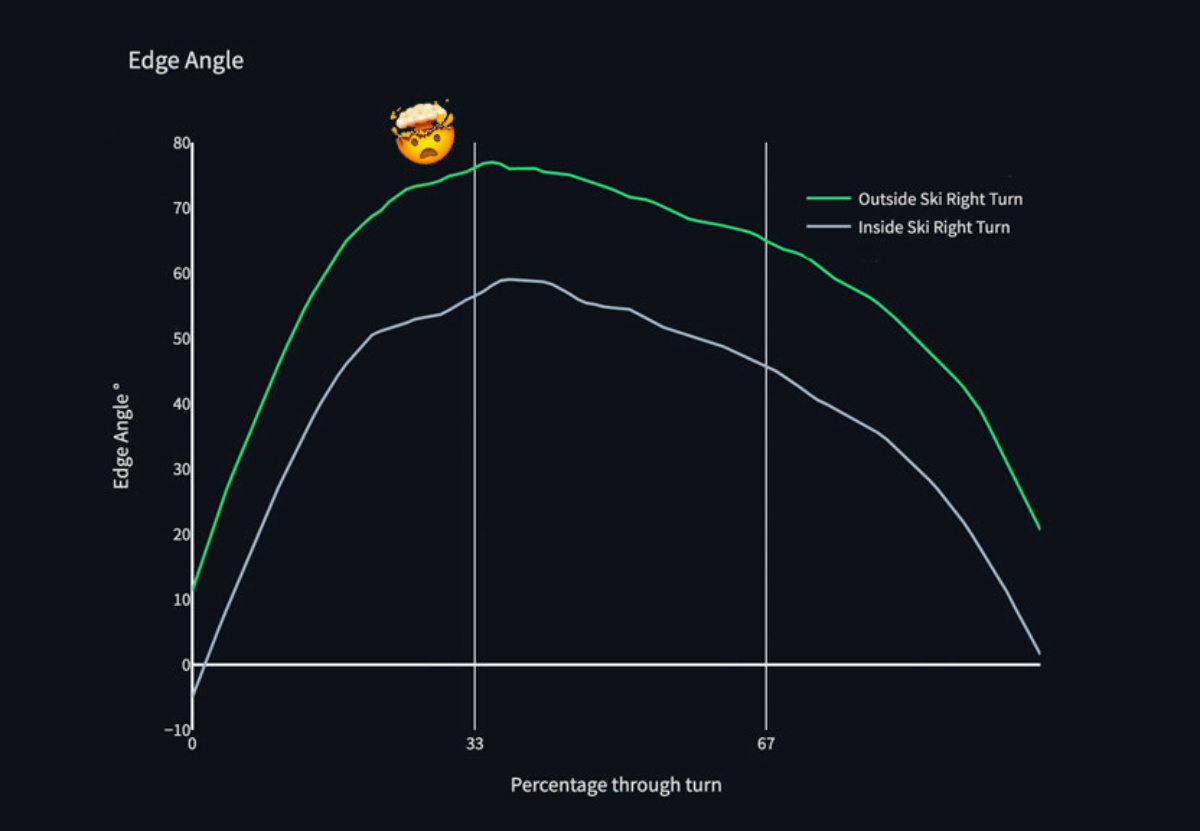
The edge angle
Firstly, look at how high that edge angle goes! Over 70 degrees is extremely unusual to see. Not many of us can put a ski that much on edge and hold a tight arc.
I suppose it's not a surprise as any onlooker can tell you Ted can really lay it over. But for context I've decided to compare to an early intermediate skier - the kind of skier who is working on parallel turns.
Ted is getting double the angulation of the leisure skier - again not a huge surprise, but this is our starting point for reference. We'll now move up the levels and compare to a few other abilities.

The lesiure skier has a lower angulation, but also 'steps' the inside ski into the turn late. Ted rolls both feet in unison - Edge Similarity at work!
The early edge
Let's start to step things up. Next I've compared Ted to an average intermediate skier. While Ted is clearly making better edge angles here, what is interesting is the shape of the turn. In particular, Ted is getting to his max edge within the first 1/3rd of a turn.
This is extremely difficult, and needs an excellent 'set up' from the end of the last turn to achieve it. A skidding turn with poor fore:aft balance will make it very hard to get on edge this early. Ted is transitioning to his new outside ski very early, and is able to reach his max edge angle before he reaches the fall line.
The intermediate is not able to make that smooth, fast transition and as a result cannot reach a high edge angle early in the turn.

Notice the points each skier reaches their max. Ted is pulling a huge edge angle before he's even hit the fall line.
A note on edge similarity
Even on an aggressive run like this, Ted is still moving his inside and outside skis with great similarity. Look back at his graph.
- The rate of change of the ski is very consistent, meaning he is not ending up ‘riding’ the inside ski throughout the turn.
- With such high edge angles on the outside ski, the inside ski is tightly pulled up under the body.
- Even on a steep choppy slope, you can see he’s operating with really fantastic edge similarity.
In Ted’s words - edge similarity is the foundation of great skiing, and is something he has based his training program with Carv on.
Edge hold
This is where Ted’s data really shows something exciting. I’ve compared Ted’s turn with one of our top level instructors. I won’t disclose who it is, but needless to say this person is highly respected and an excellent skier. A Ski:IQ 155+ kind of skier.
The instructor has a great early edge, and a high edge angle, just like Ted. However, Ted is holding his max edge angle for much longer in the turn. In practice this means he’s able to hold an incredibly tight, clean arc in the snow - carrying his speed across the hill and creating a powerful rebound into the next turn.

Look at how well Ted can hold that 70 degree angle - right the way through the turn window. Incredible!
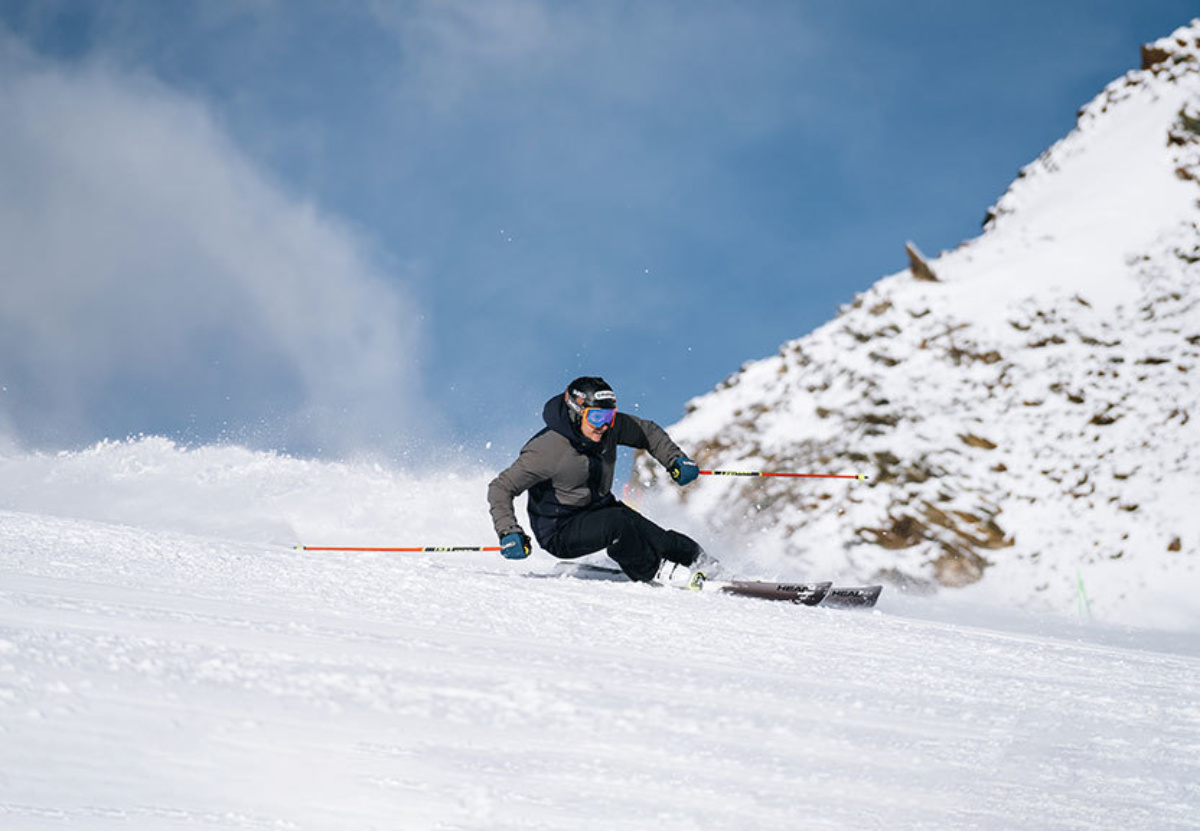
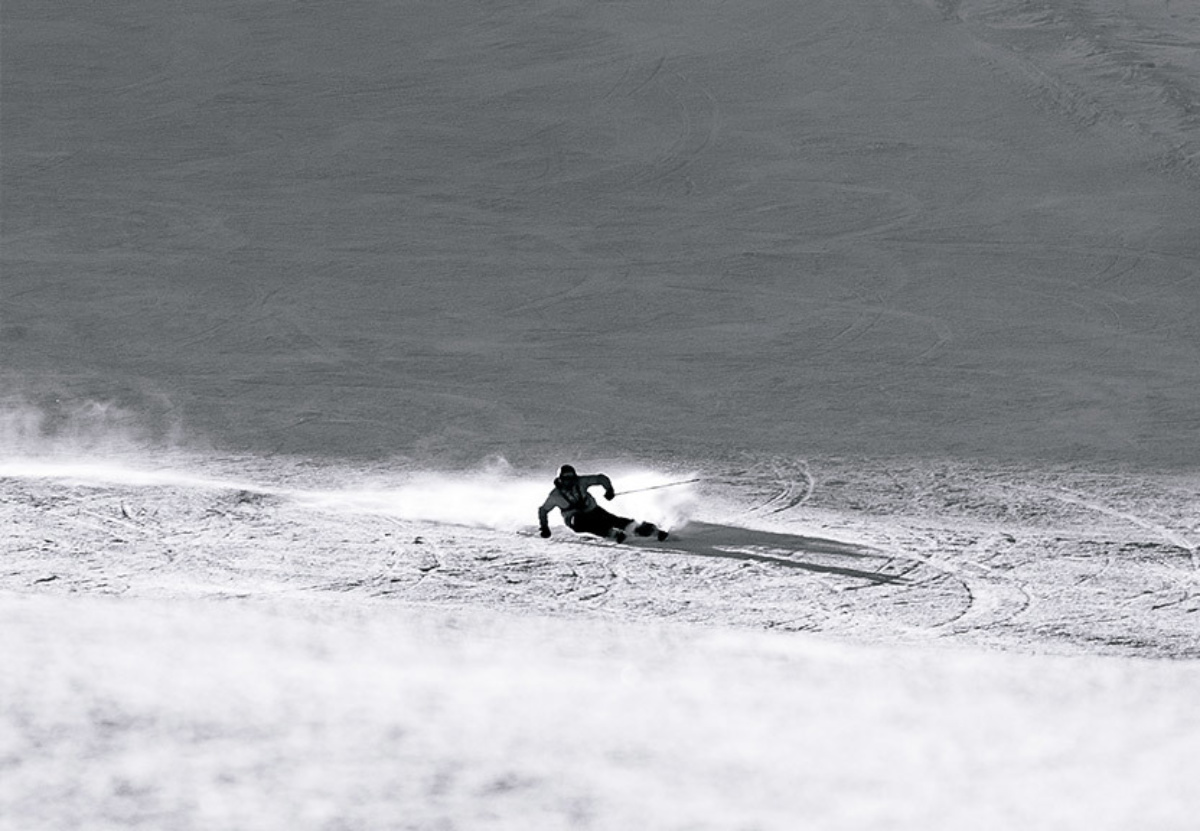
It really is amazing to see this unique skill playing out in the data; his near-perfect skiing is creating near-perfect data.
Maybe I've spent too long working at Carv, but the data reflects the aesthetic of skiing and is just as exciting to see.
A final note on Outside Pressure
Finally, outside ski pressure is something Ted has focussed on for a long time. He’s able to drive up that outside ski pressure very fast, but what’s interesting is the speed of the let off. Ted is able to dump all that pressure very fast and get on the old uphill / new downhill ski very early in the transition. In his own words...
Ted Ligety
"I have a really fast transition where I’m basically on my outside ski and starting the new turn on my new downhill ski really quickly. I go from the apex and pushing as hard as I can, and step onto my new ski before its rolled over. I can work against gravity."
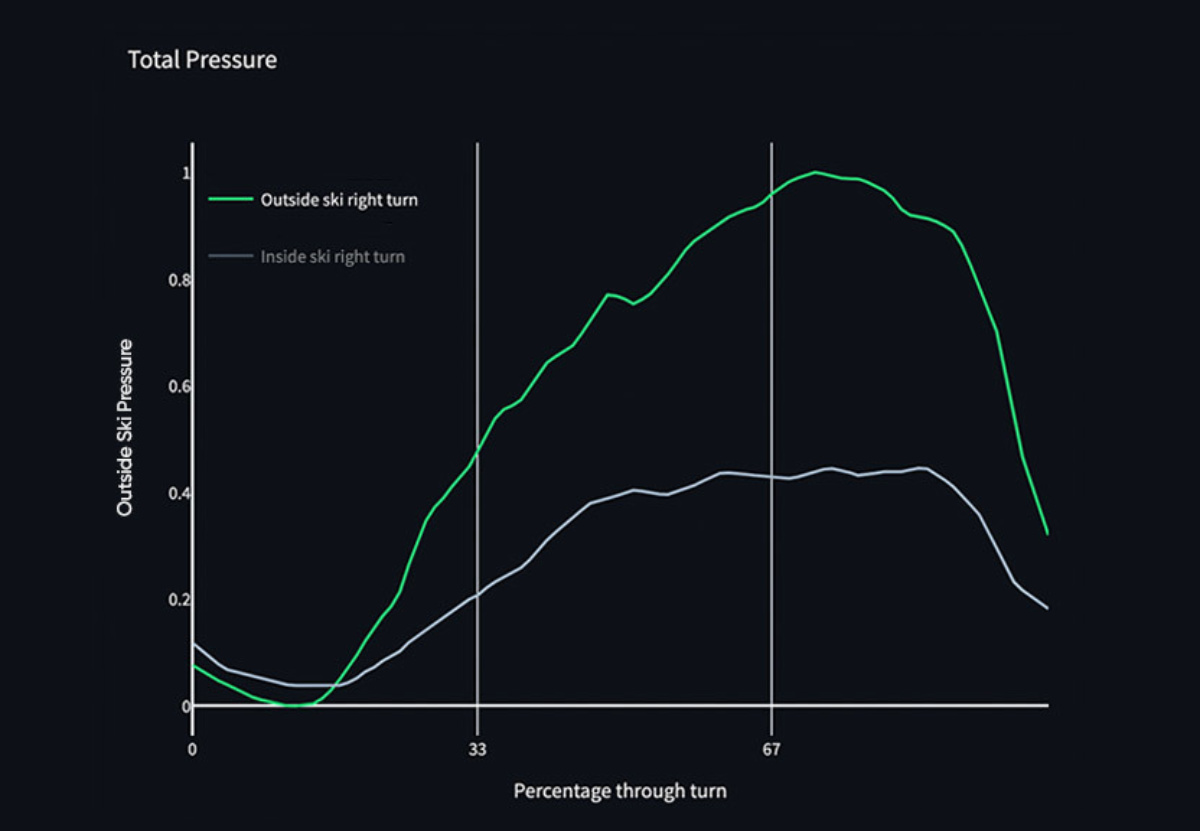
Check out the controlled outside pressure and the fast let-off at the end of the turn
We see the same thing in our data which is reassuring! However, I think that’s enough graphs for one day.
I hope you can see how excited we are to work with Ted. For the first time we have been able to quantify the exact mechanics of his turn with our sensors and start show in the data how he has been able to create such extreme angles and carry so much speed.
For mere mortals like myself, I can tell you that skiing with Ted and seeing his data inspired me to get out there and push my own skiing further.
If you want to ski like Ted then check out his Train with an Olympian program launching on Carv this November.
